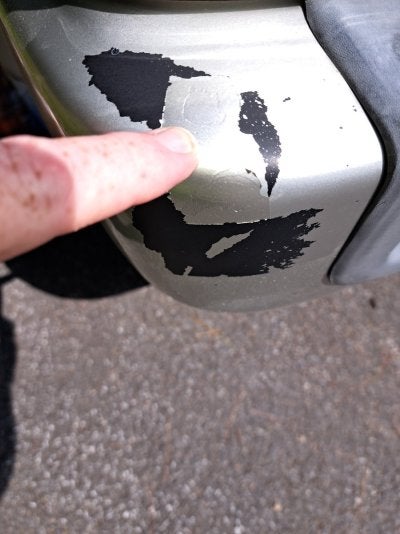I have this basswood body finished with Duplicolor Perfect Match spray cans about a year ago. I used Duplicolor grey primer, then several color coats of Duplicolor Perfect Match and finally I finished it with a Mohawk clear instrument lacquer. I've recently drilled the neckplate holes in the body and put some painters tape at the back of the body to minimize chipping. To my utter surprise when I pulled the tape after drilling it peeled off the color in a few spots showing clear patches of grey primer under. It looks like there's no any adhesion between the primer and the color layers.
What caused this?
Should I sand everything down to bare wood and start over?
How would you fix this?


What caused this?
Should I sand everything down to bare wood and start over?
How would you fix this?

